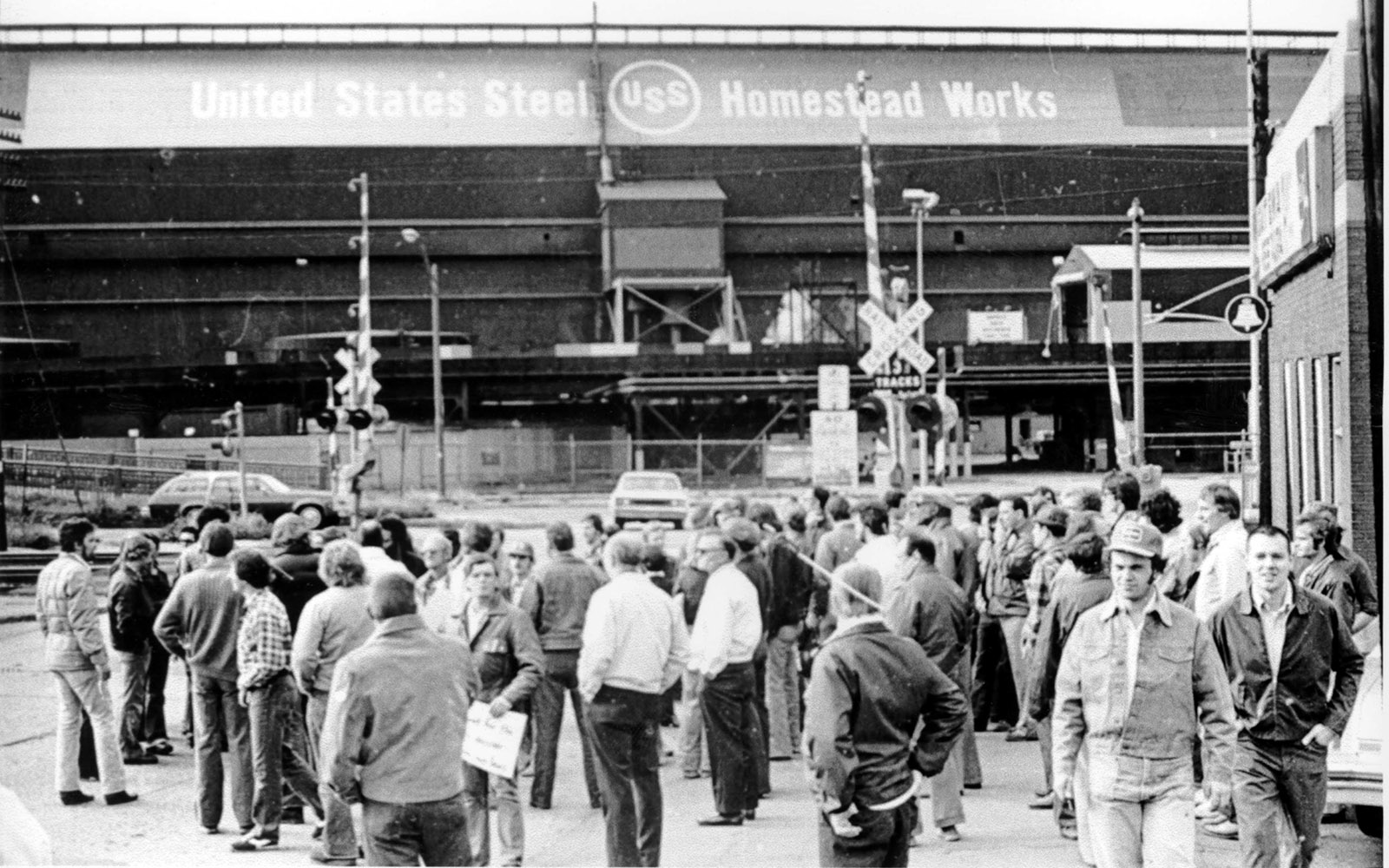Ethnographic Surveys
The Ethnographic Survey Project was conducted in 1992 – 1993 and 1997 to survey areas within Rivers of Steel National Heritage Area. The region encompasses seven counties, including Armstrong, Allegheny, Beaver, Fayette, Greene, Washington, and Westmoreland Counties.
The goal of the survey was to gather information about cultural life (historic and present) in the Rivers of Steel National Heritage Area through oral history interviews, photographs, and other miscellaneous fieldwork in order to develop a cultural context and inventory of resources for cultural conservation planning in the region. Information gleaned fell into the following categories:
- Historical Overview of the Community/Communities
- Ethnic / Racial
- Religious
- Family / Community
- Environmental/Geographical
Please contact Rivers of Steel if you would like to read any of the following surveys.
The surveys encompassed the following locations:
- Selected boroughs along the Allegheny River, including Millvale, Etna, Sharpsburg, Aspinwall, Blawnox, & Verona
- Allegheny-Kiskiminetas River Valley, including New Kensington, Arnold, Braeburn, Tarentum, Brackenridge, Natrona, West Natrona, & Natrona Heights
- Armstrong County
- Asian Communities
- Beaver County
- Bloomfield, East Liberty, Friendship, Garfield, Morningside, & Shadyside
- Bridgeville
- Carnegie
- Clairton
- Fayette County
- Homestead Area, including Homestead, Duquesne, Munhall, West Homestead, & West Mifflin
- Homewood, East Liberty, Point Breeze and Highland Park
- Lower Armstrong County, including Apollo, Dayton, Freeport, Kiskimere, Leechburg, Schenley, Yatesboro, Hyde Park, Lower Burrell, North Apollo, North Vandergrift, New Mine, Smicksburg, & Washington Township
- McKeesport and Glassport
- Monongahela Valley, including Braddock, McKees Rocks, Marianna, & Rice’s Landing
- The North Side
- Oakland and the Hill District
- Rankin
- South Pittsburgh, including West End, Mount Washington, South Side, & Hazelwood
- Squirrel Hill and Greenfield
- The Strip District, Lawrenceville, Polish Hill and Stanton Heights
- Swissvale
- Turtle Creek Valley, including East Pittsburgh, Turtle Creek, Wilmerding, & Crestas Terrace / Boyd Hill / Port Perry
- Washington County
- Westmoreland County and Forward Township





